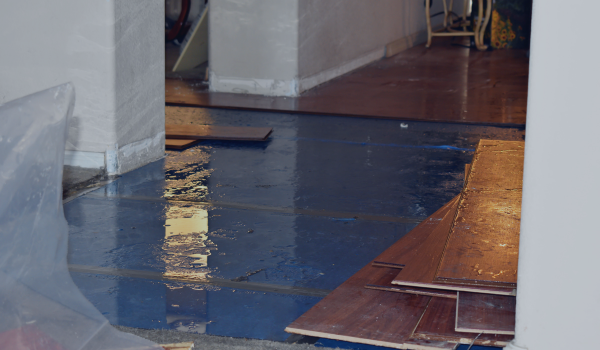Floods are one of the most common and costliest home hazards, as even minor water damage can significantly impact the value of your property. While the National Flood Insurance Program (NFIP) can help cover flood damage, it may not cover all of your flood risks.
Most policies purchased through the NFIP have coverage limits of $250,000, which may not be enough to rebuild or repair your home. In order to guard against catastrophic damage that exceeds the NFIP limit of $250,000, a homeowner needs excess flood insurance purchased through a private insurance company.
When Do You Need Excess Flood Coverage?
The primary factor when considering whether to buy excess flood coverage is the cost of rebuilding your home. If it would cost more than $250,000 to rebuild your home after a flood, then NFIP coverage is not enough. Without excess flood insurance, you will not be able to rebuild your home and you will still be on the hook for paying your mortgage.
If your home is in a flood zone or otherwise susceptible to floods, your lender will likely require you to buy flood insurance. If your loan is federally-backed, your lender can only require you to buy a NFIP policy with a limit of $250,000. However, if your loan is not federally-backed, your lender may require to buy insurance in the amount of your home’s replacement cost or the balance of your mortgage.
Keep in mind that, even if you aren’t required to buy excess coverage, these policies can give you the funds needed to rebuild or replace your home after a flood.
How Does Excess Flood Coverage Work?
Unlike the NFIP, which is a federal program managed by FEMA, excess flood insurance is offered through private insurance companies. Different insurance companies will offer different policies. In addition, premiums for flood insurance procured through the NFIP depend upon the type of flood zone in which your home is located. In contrast, a private insurance company bases its rates on a number of factors, including:
- Your home’s age, construction materials, elevation, and distance from bodies of water
- The foundation structure (e.g., basement, crawl space, or slab)
- The direction your home faces
Excess flood policies typically don’t have a deductible, since they’re only triggered when a loss exceeds the limits of your NFIP policy. And, while excess insurance will cover the same losses as the regular flood policy, some insurers may add extra coverage options:
- Lost income from rental properties
- Additional living expenses
- Flood prevention expenses
Choosing the Best Coverage Option
Floods damage and destroy countless homes every year. By bundling NFIP coverage and an excess flood insurance policy, you can mitigate financial loss and recover sufficient funds to rebuild your home.
Whether you’re purchasing a property or looking to protect your existing home, be sure to call RMC Group today at 239-298-8210. We will help evaluate your flood risks and the amount of coverage you may need to protect against the unexpected.
© 2019 Zywave, Inc. All rights reserved. This article is not intended to be exhaustive nor should any discussion or opinions be construed as legal advice. Readers should contact legal counsel or an insurance professional for appropriate advice.



